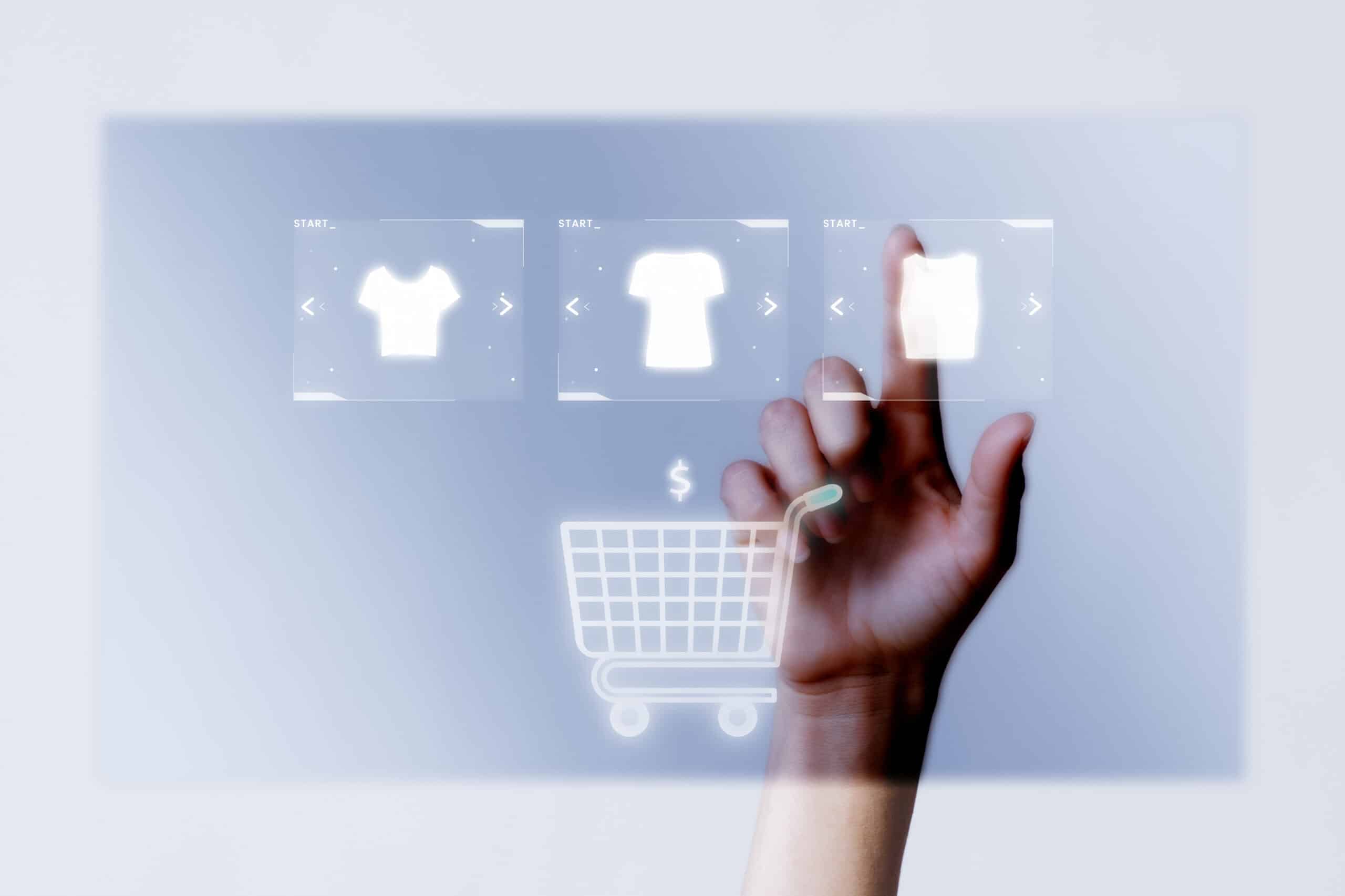If your business hasn’t started the journey into E-commerce, then you’re likely falling behind the competition. In 2020, 17.8% of all retail sales happened online, and by 2024, this number is expected to increase to 22.3%. That percentage growth might seem small, but in reality, it is accounting for trillions of dollars in E-commerce and online sales growth.
E-commerce isn’t just reserved for consumer and retail business, B2B has gotten into the online store game too. As of 2022, 65% of B2B companies across industries now offer E-commerce capabilities and online sales options. We’re finding that many of the reasons consumers shop online fall in line with why businesses rather make purchases online too.
Getting your E-commerce business kicked off and building your store online isn’t something you can do overnight. With some guidance, you can start an online business in no time. We at Dirxion are not only here as your digital catalog experts, but we can give you some tips on how to start your E-commerce business and why it’s so important to do so.
Why Would a Business Want to Sell Online?
Before going through some steps you can take to start the E-commerce journey, it’s important to know why your business should be selling online.
We can spend all day going through the numbers and statistics about E-commerce’s unprecedented growth, but what also matters is why those numbers are skyrocketing.
Lower Your Business Costs
Running brick-and-mortar stores can prove to be very costly. There are overhead costs such as rent for a space, electricity, general upkeep and much more that you need to worry about. When not selling online, a lot of the money you make from transactions goes to fees, a storefront lease, electricity, phones, taxes, displays and more. The list goes on and on.
Moving over that business, whether completely or partially, to an E-commerce store can reduce costs so you can put more money into product development and your hard-working team members.
Increase Purchase Speed and Convenience
It can take a lot out of somebody to go to a brick-and-mortar store or business to make a purchase. To many, it may seem simple, but not everybody can go to a physical storefront.
It’s common for stores or businesses to be too far away from a customer to be able to make a purchase, and on top of that, not everybody has a reliable means of transportation. For the customers willing to go to a store to make a purchase, it can be time-consuming depending on the location and how busy the store is.
Conducting your business online can change lives for many. If a consumer, or business for that matter, works late hours or is in a different part of the world, purchasing something physically is likely impossible. E-commerce stores are open 24/7, allowing everybody to buy what they want and need.
Believe it or not, making your business more available and making your purchase process more convenient will create loyalty from customers and businesses alike.
Product Information and Selection
Shopping in a store is a unique experience because you can physically hold products before making your purchase, but the product information typically stops there. When shopping online, consumers don’t only see images and labels for a product, but they also get to read helpful product information such as titles, descriptions, bullets and more to get all of the detailed information they need.
E-commerce also allows you to store other information that a shopper or business might not see otherwise: manuals, spec sheets, warranties and other important information. It’s also the perfect place to connect your B2B digital catalog or retail digital catalog created by us at Dirxion.
Not only can online shoppers access your products by clicking through one of our digital catalogs, but you can also lead them to access the digital catalog from your product pages to show them other products being sold. A digital catalog integration can be very beneficial for B2C and B2B businesses.
E-commerce shoppers have more purchase intent because they made it as far as your product page. Since these customers are already interested in your product, there is an opportunity to cross-sell other similar products or products that go well with that item. That might be possible in a physical location, but it’s not always guaranteed, and still not as convenient as the online solution.
How to Start Your E-commerce Business
As we already mentioned, implementing an E-commerce business plan isn’t something that can be accomplished overnight. With some tips from the experts at Dirxion, you can be well on your way to getting things started.
Set Up a PIM
One of the most important parts of online retail and selling items online is having a proper Product Information Management (PIM) system set up. But what is a PIM exactly? It’s a tool that helps companies manage and store product information needed to sell and market products across channels. PIMs don’t only store product content such as titles, descriptions and bullets, but they also store spec information, prices, product codes and any other information you might need to properly sell your product.
A PIM is crucial because it would and should act as your source of truth for your products. This way you can be confident that all of your product info is correct and up to date at all times. Having a PIM comes with a lot of responsibility.
For them to work well and for you to succeed in E-commerce, you want to make sure that your business is diligent about maintaining it. Many B2B companies lag in this area, so perfecting your PIM might put you well ahead of the competition.
Build Out an E-Commerce Plan and Tell a Consistent Story
As with all big decisions, E-commerce comes with careful planning. Throwing everything out there to see what works isn’t the best plan of action when starting. A carefully curated plan and marketing strategy will go a long way.
No matter your business size, it might be tempting to start selling all of your products online at once. However, adding everything online (no matter your catalog size) might be biting off more than you can chew. Creating a rollout plan of which items you want to sell online and when will help you stay on track and create realistic goals.
Getting overwhelmed at the start can quickly start to sink the process. Maybe you only want to start selling one category of products first. Maybe you want to start selling a few sublines of products first. Whatever your plan may be doesn’t necessarily matter. What matters is that you have one.
Once you have your game plan for what to sell online, it’s good to make sure that you’re telling a consistent story across all of your channels. Consumers and businesses love consistency, and seeing the messaging on your website match what you have in store, on social media and on your E-commerce website can help take those purchase decisions over the finish line. Building out high-quality marketing strategies will also positively impact your overarching brand story.
Dirxion Can Help You on Your E-commerce Journey
Jumping into the world of E-commerce can be intimidating, but understanding why it can help your business will make it all easier.
We’d love to be part of your E-commerce initiative. We have over 27 years of experience offering full-service, completely branded digital catalog services to B2B and B2C companies in a variety of industries. We employ a full team of developers to make sure your catalog is constantly maintained and updated with the latest in digital E-commerce solutions.
Contact Dirxion today and let’s get started on your digital catalog!










